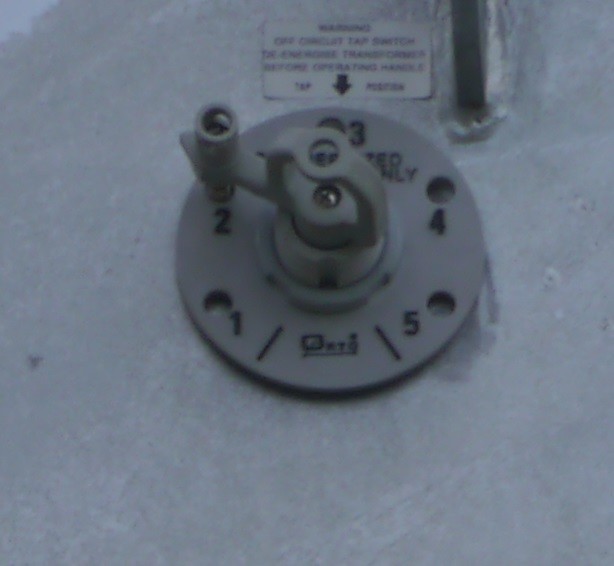Jase2985:
HarmLessSolutions:
Are you (or anyone else on Geekzone) familiar enough with transformers to know what tap position this is? The 'arm' seems linked into #2 but the "Tap Position" arrow above indicates #3.
The need to start investing in and installing these
http://www.eteltransformers.co.nz/wp-content/uploads/2022/09/Voltage-regulation-WEB.pdf
Have asked a question about the transformer to someone in the know
Thanks for that link. It suggests that the situation we're experiencing is somewhat endemic in local grids. Whether Powerco are proactive (or even reactive) enough to change out transformers over this issue is unlikely though I suspect, unless enough pressure is applied from their customers.


